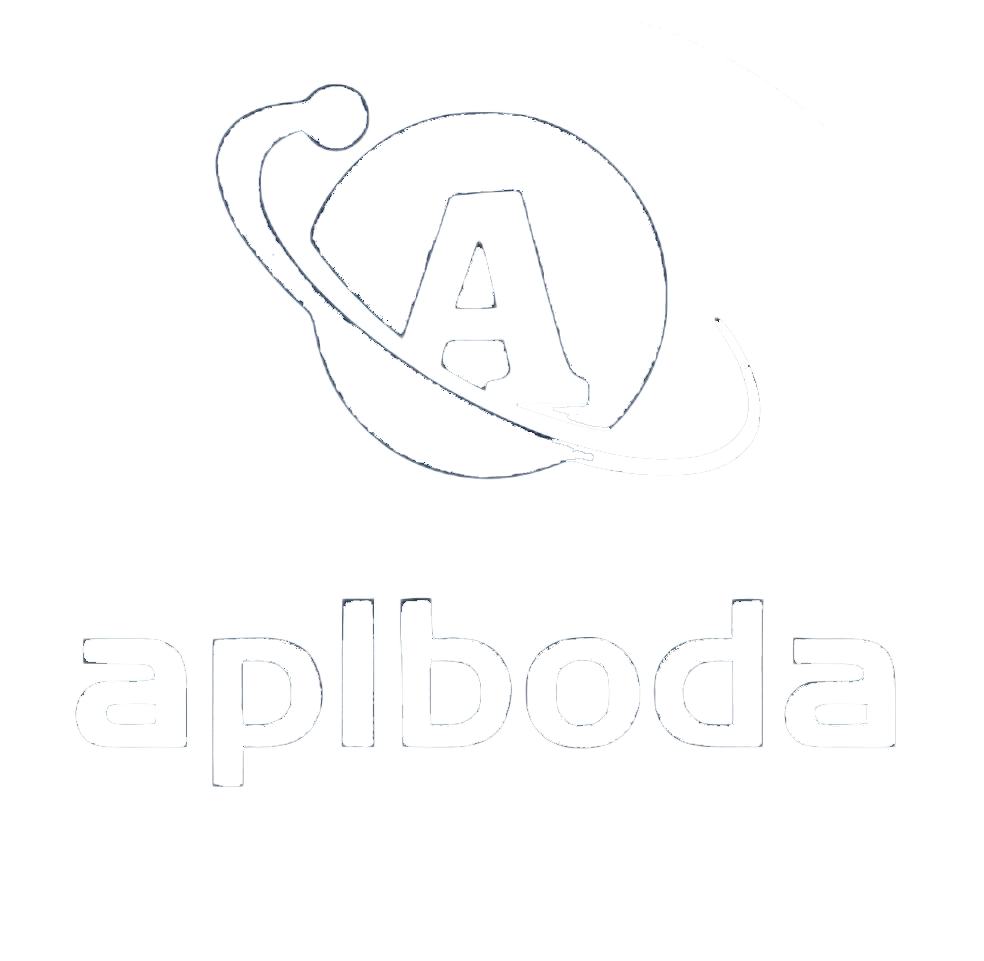DaVinci Resolve brings together editing, color grading, visual effects, motion graphics, and audio post-production tools in one software package, providing an all-in-one solution! It features a beautiful, modern interface that's easy to learn and use, helping novice users get up to speed quickly, while also providing the powerful performance professionals need. With DaVinci Resolve, you don't need to learn multiple software tools or switch between them to complete different tasks, allowing you to produce higher-quality work faster. This means you can use the original camera quality throughout the entire production process. With just one piece of software, it's like having your own post-production studio! Learn and master DaVinci Resolve, and you'll have access to the same production tools used by Hollywood professionals!
 DaVinci Resolve 20 introduces over 100 new features, including powerful AI tools designed to help you at every stage of your workflow. Use AI IntelliScript to create timelines from text scripts, AI Animated Subtitles to animate text effects as characters speak, and AI Multicam SmartSwitch to combine timelines with multiple camera angles based on speaker detection. The quick edit and editing pages introduce dedicated keyframe editors and narration panels, and the AI Audio Assistant analyzes your audio and intelligently creates professional mixes. The Fusion page also features numerous advanced multi-layer compositing processes. The color warper now includes Chroma Warp, and there are major updates to magic masks and depth maps.
DaVinci Resolve 20 introduces over 100 new features, including powerful AI tools designed to help you at every stage of your workflow. Use AI IntelliScript to create timelines from text scripts, AI Animated Subtitles to animate text effects as characters speak, and AI Multicam SmartSwitch to combine timelines with multiple camera angles based on speaker detection. The quick edit and editing pages introduce dedicated keyframe editors and narration panels, and the AI Audio Assistant analyzes your audio and intelligently creates professional mixes. The Fusion page also features numerous advanced multi-layer compositing processes. The color warper now includes Chroma Warp, and there are major updates to magic masks and depth maps.
AI IntelliScript
Use AI IntelliScript to automatically generate a timeline based on your original project script. AI IntelliScript matches the transcribed audio from the media clips to the script, constructing a timeline with the best possible take and placing any alternate takes on other tracks for the editor to review.
AI Dialogue Matcher
Dialogue Matcher is a powerful tool that automatically matches the tone, level, and room ambiance of dialogue. You can match audio from two completely different clips to achieve audio consistency. It can also match dialogue recorded in different environments, with different equipment, or even shot over several days.
AI Music Editor
This tool automatically adjusts the length of your music track to fit your video! It analyzes the audio clip and lengthens or shortens the music clip to match. You'll get four versions to choose from, along with visual cut hints and the ability to break it down into sections. It's a fast and flexible way to match sound to video.
AI Animated Subtitles
Keep your audience focused on your video as the subtitles animate as you speak. Use the transcription tool to generate a subtitle track on the timeline, then drag an animated Fusion subtitle template onto the track header to change the look and feel of the text.
Supports social media vertical format
Content creators on TikTok, Instagram, X, YouTube Shorts, Snapchat, and more can now choose between square and portrait resolutions in project and timeline settings. This feature can be used in conjunction with Smart Reframe to quickly set up a timeline for vertical or square resolution videos.
Upload directly to social media
Simply link your social media accounts to DaVinci Resolve and upload your videos directly to YouTube, TikTok, Vimeo and X when exporting. Compression settings are developed based on each platform’s recommended preferences, so your videos are optimized for visual quality and playback speed.
New vertical timeline layout
Load a vertical timeline or project, and the Cut, Edit, and Color pages automatically update their layout to optimize working in the vertical viewer. Tools and panels move into place, ensuring you can fully utilize the screen without wasted space or repeated pinching and zooming.
Narration Panel
The Narration panel on the Cut page lets you record a narration track while the timeline plays. You get cue, record, and stop controls, along with quick access to vocal isolation and dialogue level tools. A dedicated track is automatically added. You can load and use cue scripts and countdowns.
Fine-tune keyframe editing
A dedicated keyframe editor in the Cut and Edit pages allows for detailed parameter animation. Use keyframe curves and parameter modes with ease-in and ease-out controls to edit keyframes and customize animation shapes. You can also view and navigate timeline keyframes using the keyframe expander below the timeline.
Improved Text+Graphic layout
The Text+ tool has been updated to include layout styles of points, text boxes, circles, or paths, giving you more fine-grained control over the layout of text graphics. When using PSD files on the timeline, you can choose to split the PSD layer so that each layer can be processed separately.
Create unique text layouts
The MultiText tool lets you create multiple text layers in one place for greater flexibility! Use the Inspector tab to set individual stylistic parameters for each text layer, including appearance, layout, distortion, and keyframe animation. The Text List lets you navigate, resize, lock, and delete layers.
New real-time coverage control
On the Cut page, you can now overlay camera angles on the timeline in real time by dragging directly in the previewer. When the Sync Bin is active, or the interface is in multi-source mode, dragging horizontally will draw in real time at the playhead position, while dragging downward will convert the corresponding angle into a draggable clip.
Source viewer timeline editing
On the Edit page, you can open a timeline in the Source Viewer to view, compare, and edit between two timelines. The Source Viewer timeline features a blue playhead so you can quickly identify which timeline you're working in. Using stacked timelines makes it faster to compare, drag, and drop media between timelines.
Safe Trim Mode
The cut page now features a safe trim mode to prevent accidentally overwriting important clips. You can drag trim points to quickly fill gaps in the timeline. When you reach a cut point, DaVinci Resolve will pause. If you decide you want to overwrite the clip, you can continue dragging to trim adjacent clips.
New Mixer
The Cut page now features a comprehensive audio mixer with a professional-grade loudness meter. Each channel strip features left and right pan sliders, faders, solo and mute buttons, as well as professional-grade pan, EQ, dynamics, and FX controls. Now you can mix and monitor audio while recording, editing, and finishing your program.
VoiceOver tool
On the Edit page, the Voiceover tool lets you record audio directly into the timeline. It also features quick controls for setting the file name, audio input, and target track. With automated track selection and customization options like countdown and input monitoring, creating voiceovers is easy!
Multiple source mode
Multi Source lets you view all live cameras in a split-screen view, or even just clips with the same timecode in a bin, to find any points of interest. Scrub, play, and select shots, adding them to the timeline or playing them directly, even switching live from any available angle.
Marking points of interest
If you're viewing a live camera or multiview clip and come across a particularly iconic and important event, you can capture that moment with a POI marker. The POI marker is placed on all clips simultaneously, making it easy to quickly locate the event in every camera angle, allowing you to play back relevant footage and even automatically build a timeline of highlights.
Replay Settings Panel
Live TV moves at a breakneck pace, so the replay controls give you clear and fast navigation. With one click, you can set POIs, select cameras, and cue events. Then, select Run to automatically play it out through ATEM. You can switch cameras or delete the playback when you're done, ready for the next replay.
Automatic Stinger
Stingers can be moving graphics or audio transitions that let viewers know you've switched from live to replay and back again, or simply to a new scene. You can select automatic stingers from the media pool to play in real time at the beginning and end of a replay, and you can also do the same with slow-motion replays.
Chroma color distortion
Chroma Warp lets you intuitively adjust color and saturation with a single motion in the viewer. Stroke control moves color in a single direction, while point-to-point mode isolates areas for more precise hue adjustments. Add points to isolate areas you don't want affected.
Remote Monitoring Improvements
When streaming remotely, you can choose to display windows and other overlays on a reference-grade monitor. This helps facilitate remote workflows when the grading system is located off-site from the colorist or their client and the local monitor. Now you can also stream in H.265 4:2:2.
UltraNR noise reduction
UltraNR is a new noise reduction mode in the Spatial Noise Reduction settings panel on the Color page. Powered by the DaVinci AI Neural Engine, it significantly reduces digital noise while maintaining image clarity. Combine it with Temporal Noise Reduction for even more effective noise reduction in moving images!
Cinematic Look Creator
The new Film Look Creator lets you add a cinematic look to your images, replicating film stock characteristics like halo, bloom, grain, flicker, gate swing, and vignetting. Adjust exposure in stops and use subtractive saturation, richness, and toning controls to achieve the look you often see on the big screen!
ColorSlice six vector color palettes
The ColorSlice settings panel uses a subtractive color process to adjust the color density, saturation, and hue of your imagery, helping you produce rich, filmic colors and looks. The parameters in each customizable vector tile enhance and deepen colors in a natural and pleasing way without bleeding.
Marker overlays and annotations
The Color page viewer now supports marker overlays, timeline callouts, and clip markers. Open the marker interface and leave written notes with visual feedback. Choose the marker color and thickness, draw directly in the viewer, or use the arrow tool to point to the area you want to work on.
In-node compositing mode
Corrector nodes in the Color Page Node Editor now have compositing modes. These compositing modes allow you to incorporate node values into your workflow without the need for the Layer Mixer. This means your node graph looks cleaner, and the signal flow is faster and easier to understand.
Automatic Depth Map
The new Depth Map effect lets you instantly generate a 3D depth mask of your scene, allowing you to quickly isolate the foreground from the background for color grading, or vice versa. You can emphasize the foreground, make an interview subject stand out, or add atmosphere to the background of a scene!
System requirements:
Minimum system requirements for macOS
- macOS 13 Ventura or later.
- 8 GB system memory, 16 GB when using Fusion. 16 GB when using Fusion.
- Blackmagic Design Desktop Video 12.9 or later for monitoring.
- An Apple Silicon-based computer or a Metal-enabled GPU.






